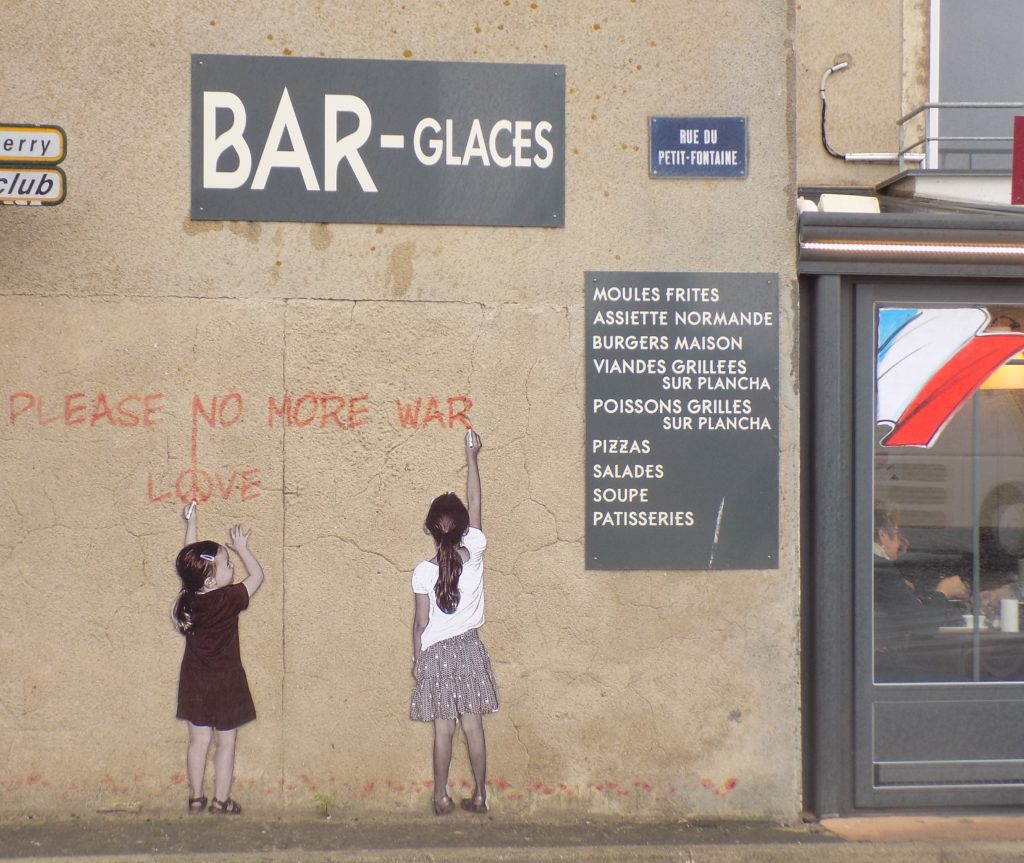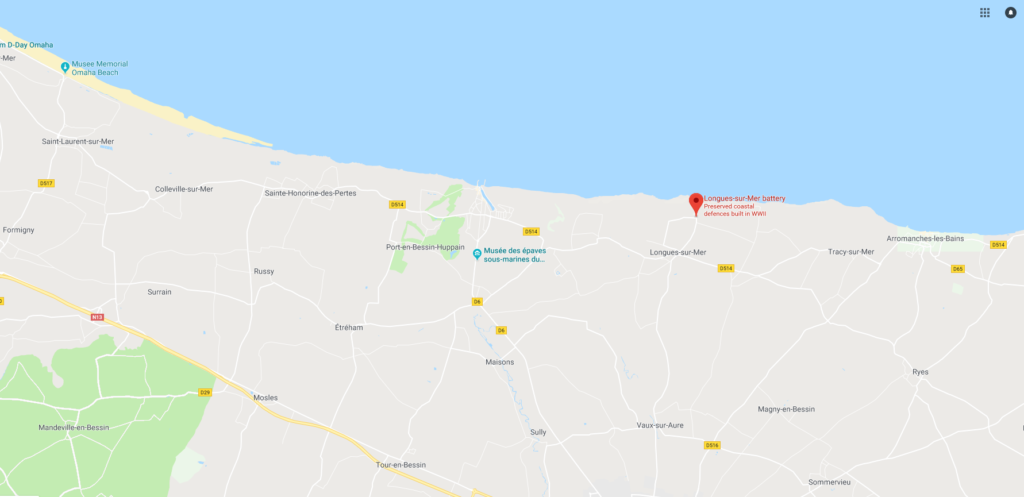Just outside the small but interesting D-Day Museum at Arromanches you can see a plaque declaring Port Winston (the name the Allies bestowed on the Mulberry harbour there) “The key of the liberation of Europe.” In some ways this might have been true. In others not.
As I mentioned previously, the Mulberry at Omaha Beach was abandoned and its use discontinued by the end of June. Over the same period, American forces were able to move west from Utah beach to capture the port of Cherbourg whose harbor had been incorporated into the Allied plan. However, the Germans had so effectively wrecked and mined the port there that the first ships couldn’t sail into it until mid-July and it was put into only limited use in mid-August.
In the east, the Allies liberated Antwerp on 4 September – within the three month window that planners had expected – but they were unable to open the port itself until sometime in November. The same was true for two other French ports at Boulogne and Calais. Thus, the Allies used Port Winston for 10 months after D-Day. During that time over 2,500,000 men, 500,000 vehicles, and 4,000,000 tons of supplies landed at Gold Beach before the ‘port’ was finally fully decommissioned. So, in the east, Port Winston was indeed critical.
On the other hand, at the western end of the incursion, despite the delays opening the port at Cherbourg the American forces were supplied mostly over the beaches without the use of a Mulberry. Within two months of the landing, both American beaches – Omaha and Utah – were handling 16,000 tons of cargo daily. In fact, at D+60 (60 days after D-Day) Omaha Beach was handling about a third more cargo than Port Winston each day – a disparity that continued to grow throughout the war. It’s not too far-fetched, then, to think that the British could have found ways to be equally resourceful without the use of Port Winston.
Meanwhile, back in the present, it was here in Arromanches that I made my sole purchase of an item that would return with me to the States. And the weather made me do it. There are two souvenir type shops across from the museum and while our guide had raved about one of them, I’d left the bus uncertain which of the two she preferred – not that her suggestion would have influenced where I made my purchase. Because I’d taken a hat that wouldn’t have survived the sort of rainstorm we faced that morning, I bought a Gold Beach baseball cap to keep my bald spot relatively dry and warm.
We were scheduled to have lunch in Arromanches and as I stood reading the menu board outside the D’En Face Brasserie,
a group of about 20 people walked past me into the restaurant and I worried that they wouldn’t be able to serve me in time to allow me to get back on the bus, so I crossed the street and had my lunch in the Café of the local hotel called La Terrass du Normandie. I had what the menu described as a rustic fisherman’s stew. It was a cream-based concoction that was rather bland as I recall. The bread, though, was fabulous.
After lunch, our destinations were Omaha beach and the American Cemetery at Colleville. On the way, however, we would stop to see the remnants of the German battery at Longues-sur-Mer about one-third of the way between Gold and Omaha Beaches. Our guide provided us (well, at least me) with another eye-rolling moment. Much of the morning she’d been prattling on about “secrets” – how many she knew, how much we liked being in on them, and how she would show us the secret this or that.
As we left Arromanches, she began telling us about the soldiers Germany had sent to defend the “blockhouses.” (What we would see weren’t truly blockhouses but were rather artillery bunkers. Though it might seem a technicality, it’s also a term a guide shouldn’t mistakenly use. She also repeated the questionable statement that the French had actively destroyed many of the fortifications the Germans built as part of their Atlantic Wall but the physical evidence points to different conclusions such as the Allied assault that had to neutralize these defenses in order to progress and simple weather erosion over time.)
She told us we’d go to a place that was “unique in having four blockhouses” that are out in the country and that “nobody knows they’re still there.” The statement seemed odd at the time because of the historical importance of these batteries but she hadn’t yet lost all her credibility so I didn’t preclude the possibility that she might have known of a site that was a bit off the beaten path. The thing about this battery is that just about everybody knows it’s still there. When we arrived there were at least four full-sized “coaches” with others arriving and departing during our brief stop. It’s even on Google Maps!
And, if you search the map and zoom in, you can see that there’s even a small convenience store or fast-food shop nearby. So much for her “secrets.”
And if you’re wondering about the title of today’s post (though I’m confident Chuck from Saint Louis – a musically inclined chap and one of the trip’s fellow punsters – latched on to the reference immediately) it sprung as, so many of my puns do, from the odd connections of my brain makes when it hears related sounds. In this case, it’s historically and quite probably emotionally inappropriate but it was equally inescapable. Meet Richard Rogers and Lorenz Hart.
And if you’re not crazy about Ella’s version, just hit up YouTube. You can find interpretations by Tony Bennett, Jo Stafford, and Carmen McRae. Or if you prefer a slightly swingier approach, look for the one by Vanessa Perea.
Next, I’ll take you with me to Omaha Beach and the American Cemetery then back to the ship for another performance by Tim and Jie.

